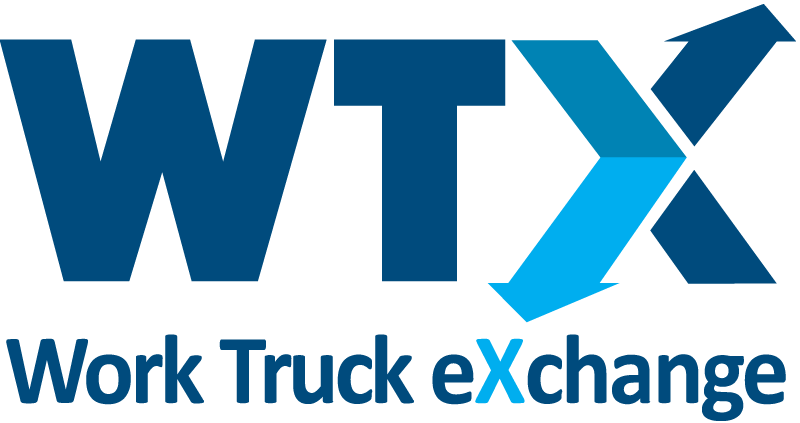The F-Series Top of Dash Mount for the 2021-MY and newer Ford F-150 is designed to securely mount small devices at viewing height and features three mounting locations for various device configurations.
Acela & Mopec Partner on Turnkey Mortuary Response Solutions
Two U.S. companies announced a strategic partnership to expand Acela’s growing rental fleet of purpose-built refrigerated mobile morgue trailers in response to pandemic-caused needs and multi-casualty incidents.

